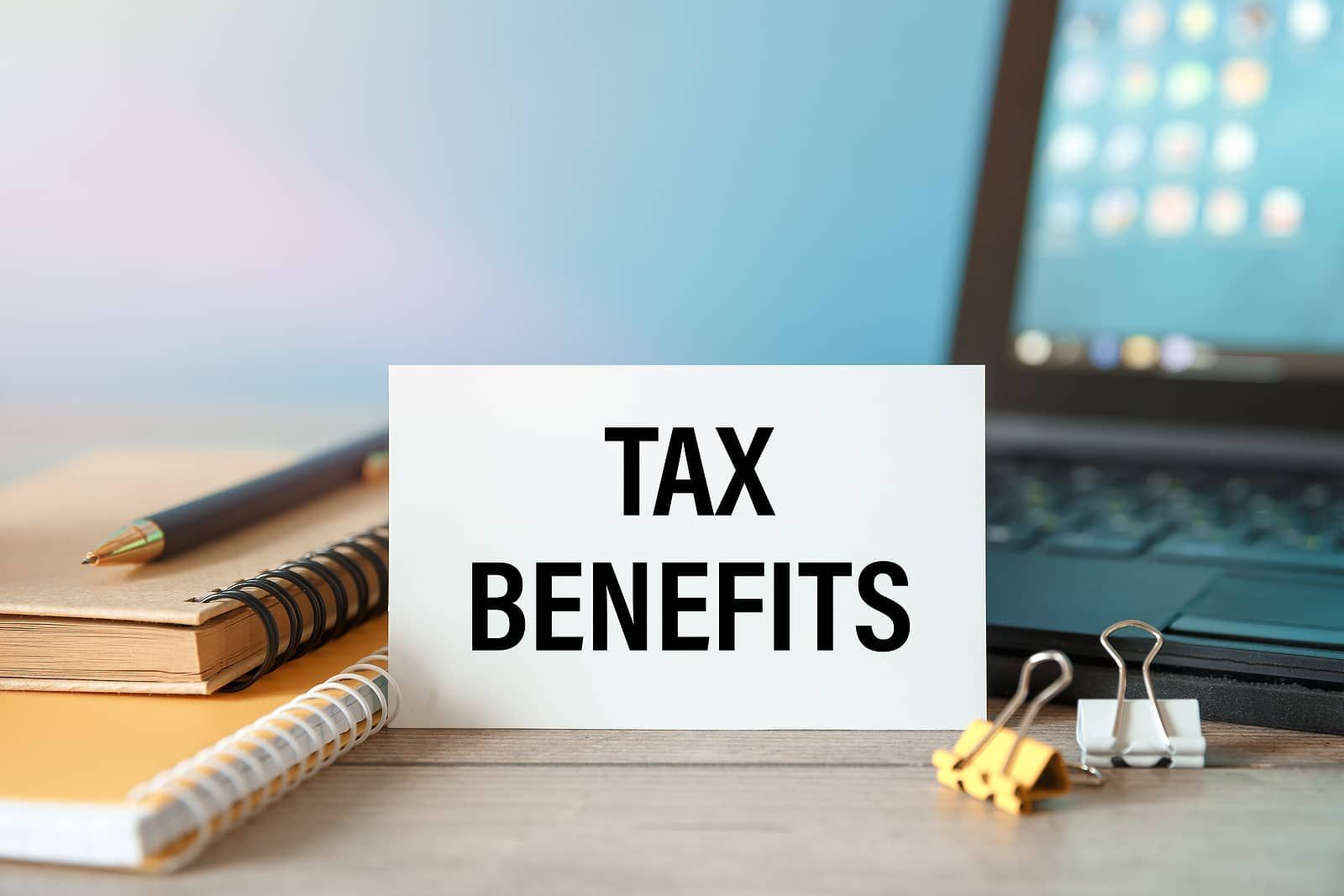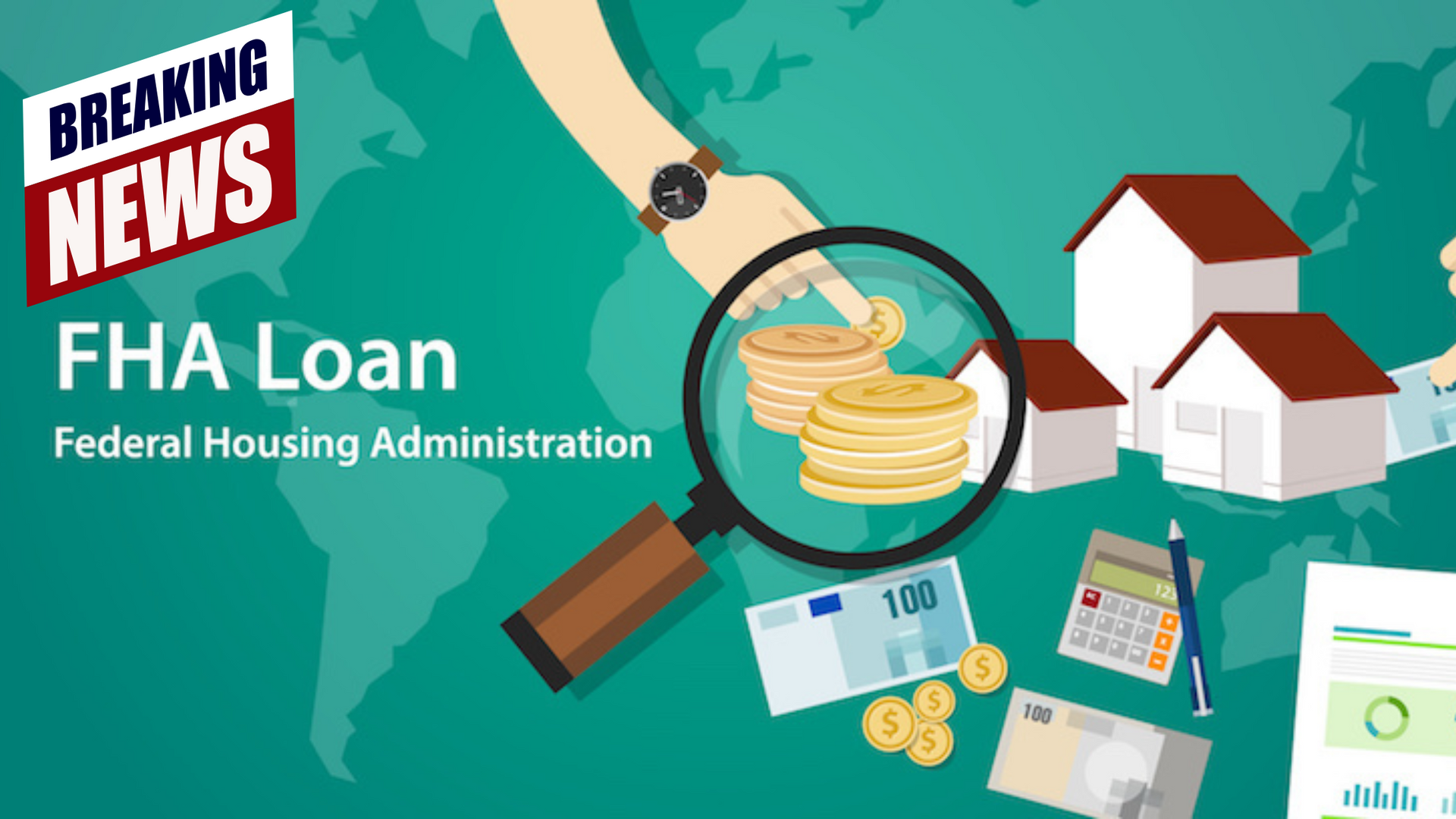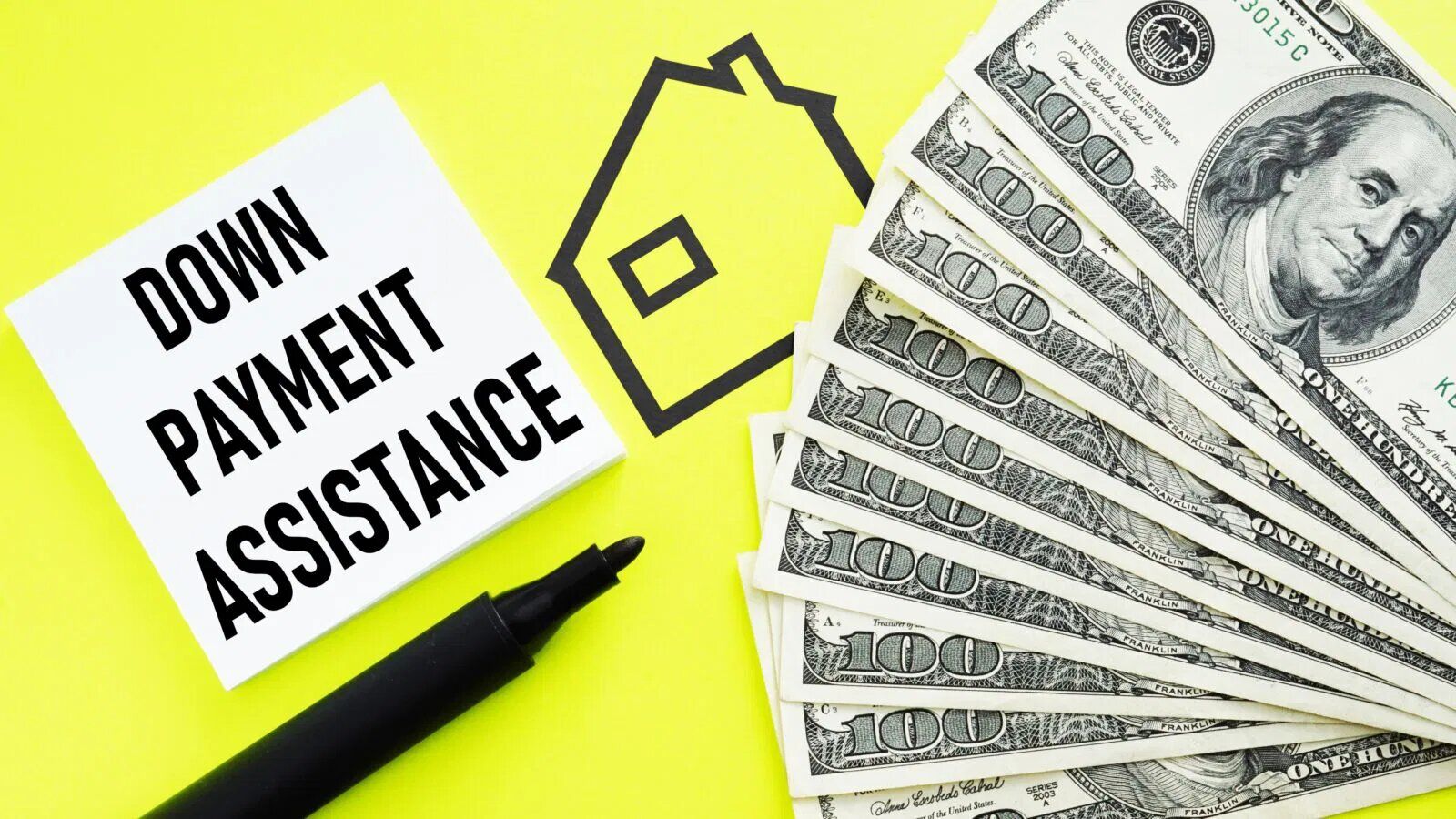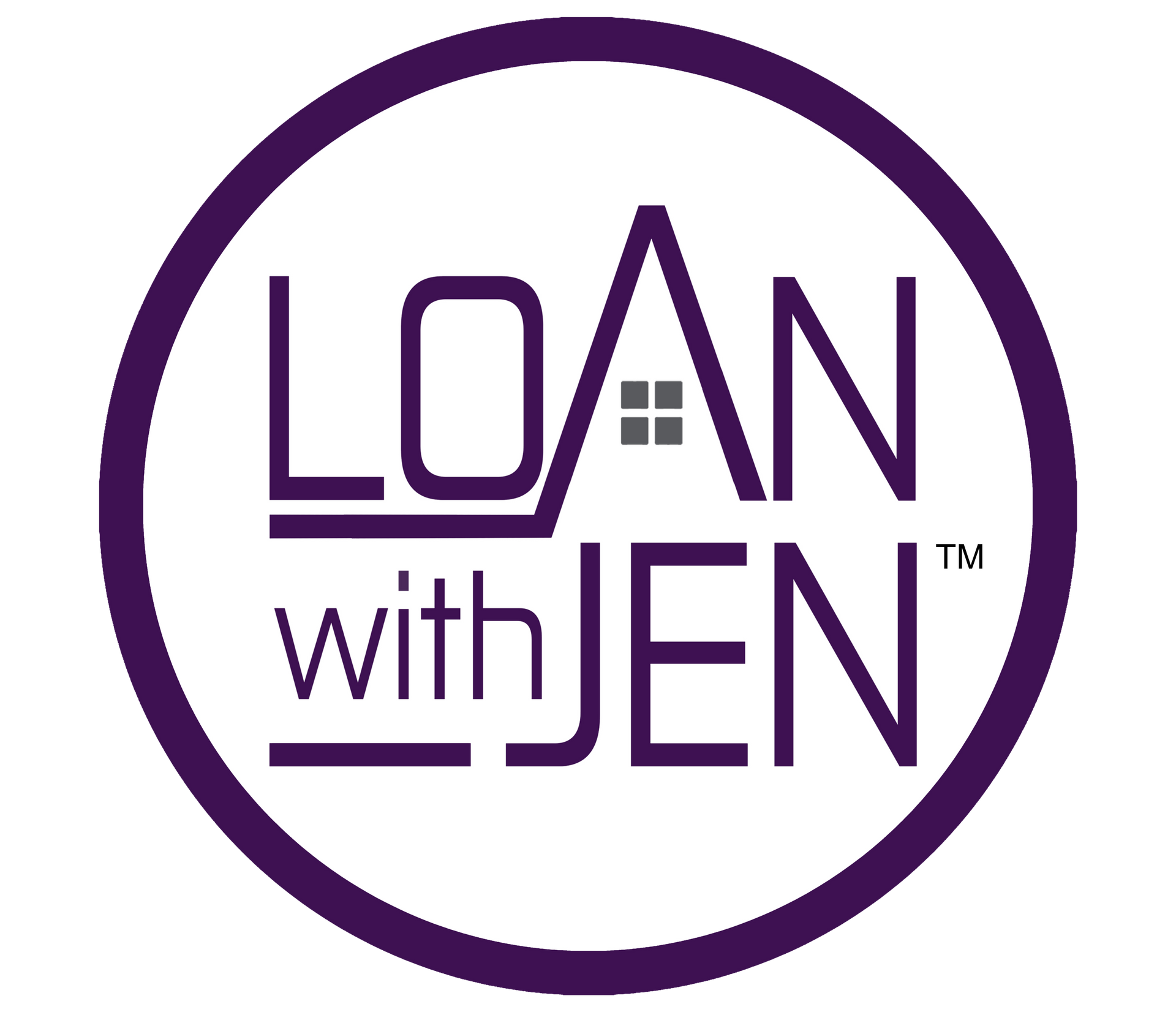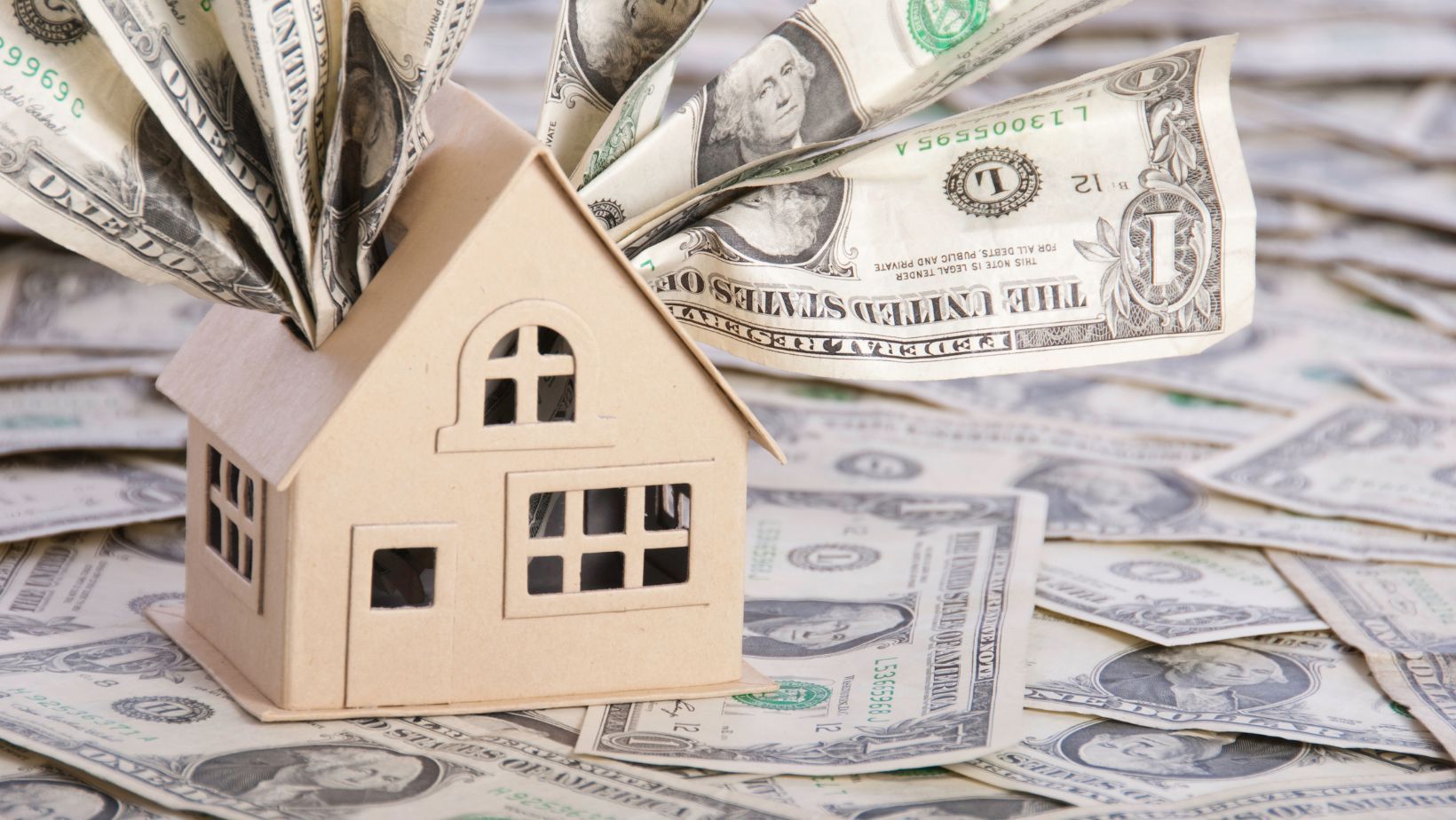We are an Equal Employment/Affirmative Action employer. We do not discriminate in hiring on the basis of sex, gender identity, sexual orientation, race, color, religious creed, national origin, physical or mental disability, protected Veteran status, or any other characteristic protected by federal, state, or local law.
DIY Home Updates for Seniors (That Make Life Easier & Safer!)
Staying Home is the Goal!
Aging in place is a goal for many seniors. The thought of staying in the home we love, surrounded by familiar surroundings, can be a comforting one. But as we age, our homes often become less safe. Either due to our aging bodies needing more support, or deferred maintenance that we’ve been putting off. Simple things like loose rugs, poor lighting, or high cabinets can become bigger risks—leading to falls or frustration. Fortunately, with a few simple DIY home updates, you can enhance both safety and comfort, making your living space work for you, not against you.
I’m going to share 7 easy DIY updates that seniors can tackle in one weekend to make their homes safer and more comfortable. And don’t worry—these updates won’t break the bank!
1. Tackle Those Area Rugs
Area rugs are one of the biggest hazards in the home. They slip, bunch up, and can cause falls. So, what’s the solution?
Solution: Use non-slip rug grippersor pads underneath your rugs. If you really want to minimize the risk, consider removing rugs entirely from walkways. Trust me, your floors will feel a lot smoother and much safer!
If you have wood stairs, having more color/pattern differentiation can help you not miss that last step. Check out these fashionable stay put stair treads. They don’t ruin hard floors, stay put and are vacuumable.
2. Install Grab Bars in Key Areas
Many people associate grab bars with medical settings, but they don’t have to look like they belong in a hospital. Today’s grab bars come in a variety of stylish designs, and they’re easy to install yourself.
Where to install them:
- Inside and just outside the shower
- Next to the toilet
- Polished chrome, gold, black, nickel, you choose the color
Tip: Be sure to drill into wall studs for secure installation. If you’re looking for a temporary solution, adhesive or suction versions can work too!
For more home safety tips for seniors, Check out Health in Aging
3. Raise the Toilet Seat
Getting up from the toilet shouldn’t feel like a squat workout! Thankfully, there’s a simple fix: raised toilet seats.
Solution: Raised toilet seats are often priced under $40 and are incredibly easy to install—many just clamp on with no tools required. Comfortable, safe, and dignified!
An added convenience is getting a washlet or bidet for your toilet to help with cleanup. Whether you have it hooked up to electricity for warm water or not, it’s the greatest thing since sliced bread! It’s surprising how much cleaner you feel with the help of a bidet.
4. Improve the Lighting
Proper lighting can make a world of difference in preventing accidents. Poor lighting = poor visibility = more chances for falls. Let’s fix that!
Solution:
- Swap out old bulbs for
brighter LED bulbs (look for “daylight” bulbs for the best effect).
- Add
nightlights in hallways and bathrooms.
- Install stick-on motion sensor lights (no electrician needed!).
For more practical advice on home updates and safety tips for seniors, be sure to check out my YouTube channel.
5. Replace Round Doorknobs with Lever Handles
Struggling to turn round doorknobs is a common issue, especially for those with arthritis or weak grips. But there’s an easy solution!
Solution: Replace round doorknobs withlever handles, which are much easier to grip and turn. You can easily install them yourself with just a screwdriver. If you're not confident, a handyman can handle this in no time, and lever handles typically cost under $30 each.
For more serious upgrades, take a look at this How Construction loans work Blog post.
6. Organize Your Cabinets for Easy Access
It’s so frustrating when you have to stretch, reach, or stand on a stool just to grab something you use every day. Why not make it easier?
Solution:
- Move frequently used items to lower shelves.
- Add pull-out shelves or
lazy Susans to maximize accessibility.
- Use
clear bins to organize and save time.
7. Create a No-Step Entry or Add a Ramp
Even if you don’t need a wheelchair or walker right now, adding a ramp can make life easier for the future. Steps are a hazard, especially when carrying groceries or during bad weather.
Solution: Portable aluminum ramps are simple to install and can be removed if needed. You can also add threshold ramps for door lips that are less than 2 inches high. Check out this nice product to smooth out door thresholds.
Bonus Tip: Create an Emergency Contact Station
An emergency contact station can be a lifesaver, and it’s so easy to put together.
What to include:
- Emergency contact information
- A list of medications
- Extra keys or key lockbox details
Laminating this Emergency sheet and keeping it near your front door or fridge makes it accessible in case of an emergency. For more resources like this, don’t forget to check out theLoan with Jen Blog.
Conclusion
The good news is that staying in the home you love is absolutely possible with a few thoughtful updates. You don’t have to wait for an accident or big scare to take action—taking control now will give you peace of mind and improve your quality of life.
I have an Amazon store with all these helpful items. CLICK HERE I make a few pennies off each sale, and if you find my BLOG or YouTube channel helpful, this is a no-cost-to-you way to say thank you!
Want to know more about homeownership? Check out myLoan with Jen YouTube Channel for tons of helpful videos, and visit theLoan with Jen website for more resources on making your home work for you.



